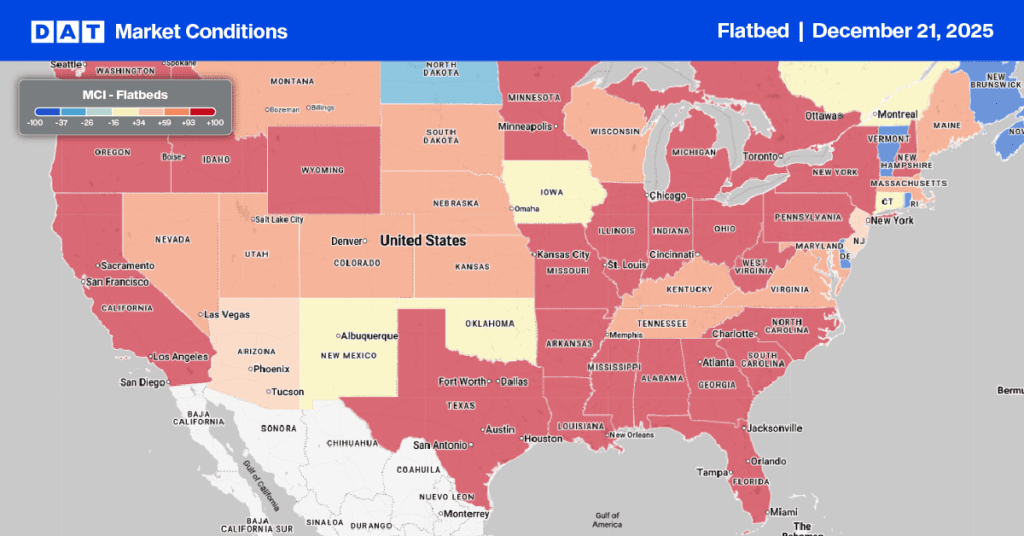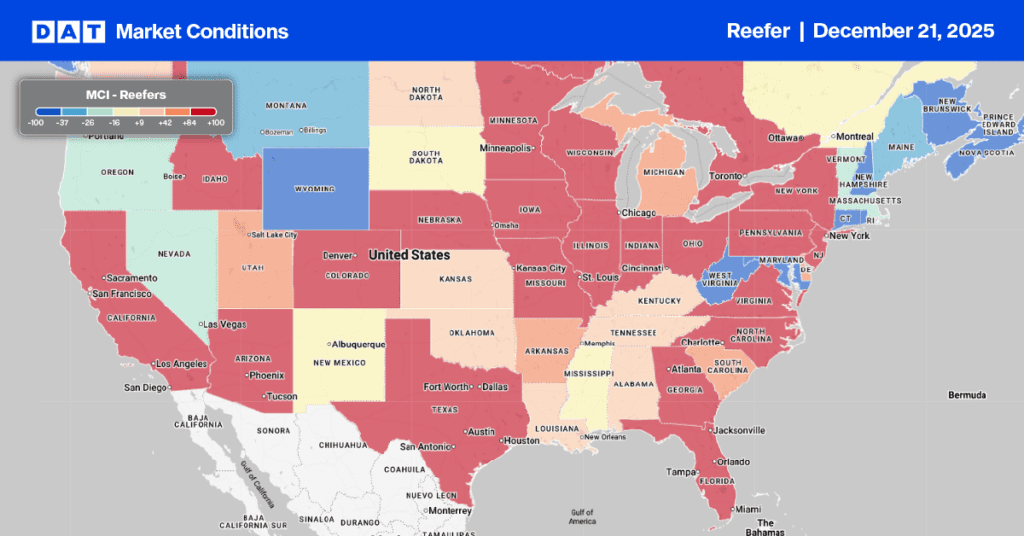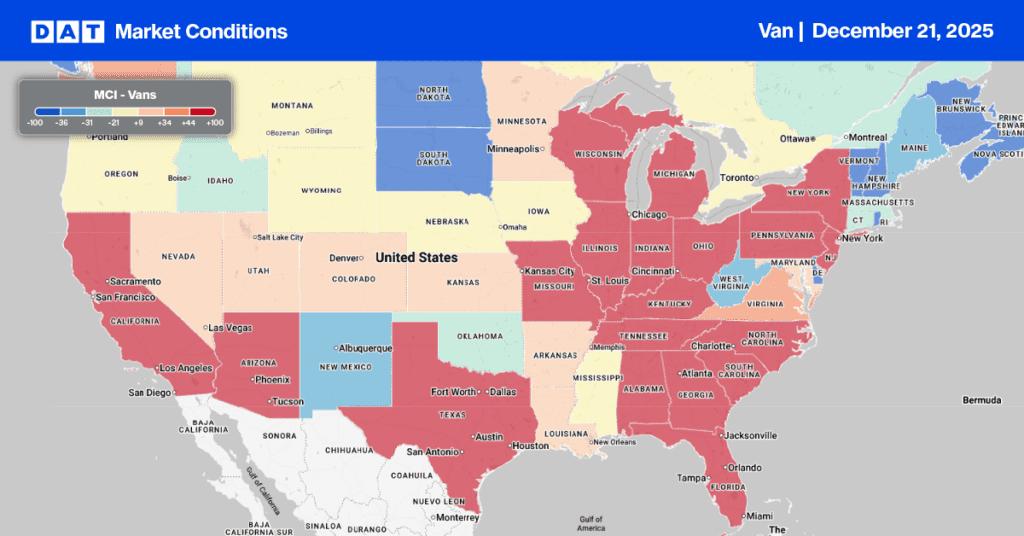Back in 1981, when I was new to transportation, I was responsible for dispatching drivers and auditing logs. Trucks were restricted to 55 mph speed limits, and if a driver’s average speed exceeded 48 MPH, we assumed a high probability that the driver had probably been speeding. The DOT uses a similar system for checking logs and writing up violations. A trucking company can ask for a variance, and if the company shows that a route can be driven at a higher average speed, the company may be permitted to log above 48 MPH.
Rule of Thumb #1 – Average Speed is 45 MPH, Practical Maximum is 48 MPH
For example, on the Chicago-to-Memphis route, one trucking company established that it was practical to run the 530 miles between their terminals in ten hours, taking I-57 through Central Illinois. Generally speaking, though, 45 MPH has been accepted as a practical standard for truckload service, to provide a little cushion for congestion, with the practical maximum of 48 MPH start to finish under ideal conditions.
Rule of Thumb #2 –Truckload Freight Moves 450 Miles in a Day
As I gained experience, I moved on to creating transit time schedules for customers at a big warehouse company in Chicago. Clients were a Who’s Who of the Fortune 500, including Procter & Gamble, Lever Brothers, Colgate-Palmolive, Johnson & Johnson, Kraft, General Foods and other large manufacturers.
To provide a realistic view of our next-day service territory, we drew a circle with 450-mile radius around our warehouse locations, and offered next-day service within those areas only. Ten years ago, that same rule still applied. The truck travels 450 miles in 10 hours of driving at an average speed of 45 MPH. At the time, I developed warehouse optimization models for a large 3PL. We never had single client object to our assumptions, which were based on 45 MPH and 450 miles per day, and were explicitly listed in the introduction for the study.
Rule of Thumb #3 –There are Always Exceptions
There are specific cases in the wide open spaces of the West, with their higher speed limits, where the truckload delivery radius can be higher than 450 miles per day. An additional measure of flexibility was introduced in 2002 with the 11-hour driving rule, so trucks can run 500 miles in a day when conditions are favorable.
Most of the U.S. population is in the East, however, where trucks are restricted to 55 MPH limits and heavy traffic cuts down on drive time. Other population centers along the West Coast, such as Los Angeles, Sacramento and Seattle, feature East Coast-style congestion, and even 45 MPH can be a challenge. The bottom line, except for specific circumstances, the industry is wise to continue to use a rule based on a 45 MPH average truckload speed in determining service radius.
Proposed changes to HOS rules may further tighten the flexibility of trucking company operations, so while it may be argued that there is a little room to expand that radius in an 11-hour day, that extra hour may be gone by this time next year.


